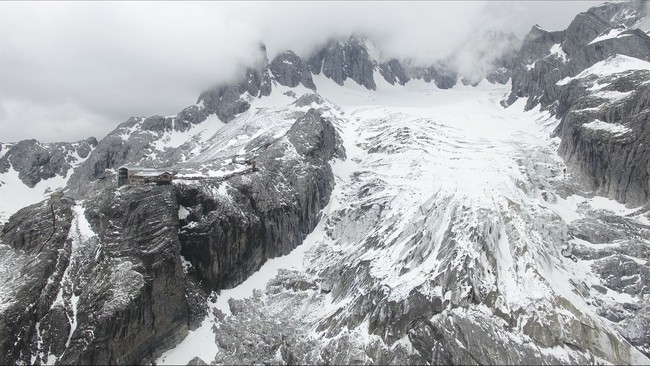I have never contributed to this thread. Simply put, I try to avoid the arguments. Is the globe warming ... yes. Have we as humans caused problems for the environment? Again, yes. Should we do what we can to try to take care of the planet? Yes. Are humans the cause of this global warming? In my opinion ... debatable. And I am not trying to debate anyone on it ... there are folks on both sides of the issue smarter than me. However, this article was on the front page of the Atlanta Journal-Constitution website today:
A warmer and drier than normal winter is likely in store for most of Georgia, a new federal forecast released Thursday shows.

www.ajc.com
Basically, this article refers to the recent NOAA projections for winter ... stuff we post here all the time.
This is the 3rd paragraph after a brief introduction:
The expected warmth reflects the influence of human-caused climate change, which is raising the odds for above-normal temperatures around the world, experts say.
Lines like that, stated as fact, irritate me. Is it accurate? Maybe. Is it a proven fact? No.
The AJC has a pay wall ... but that article was made available as a "public service."
I have probably said too much. The article just hit me the wrong way.





